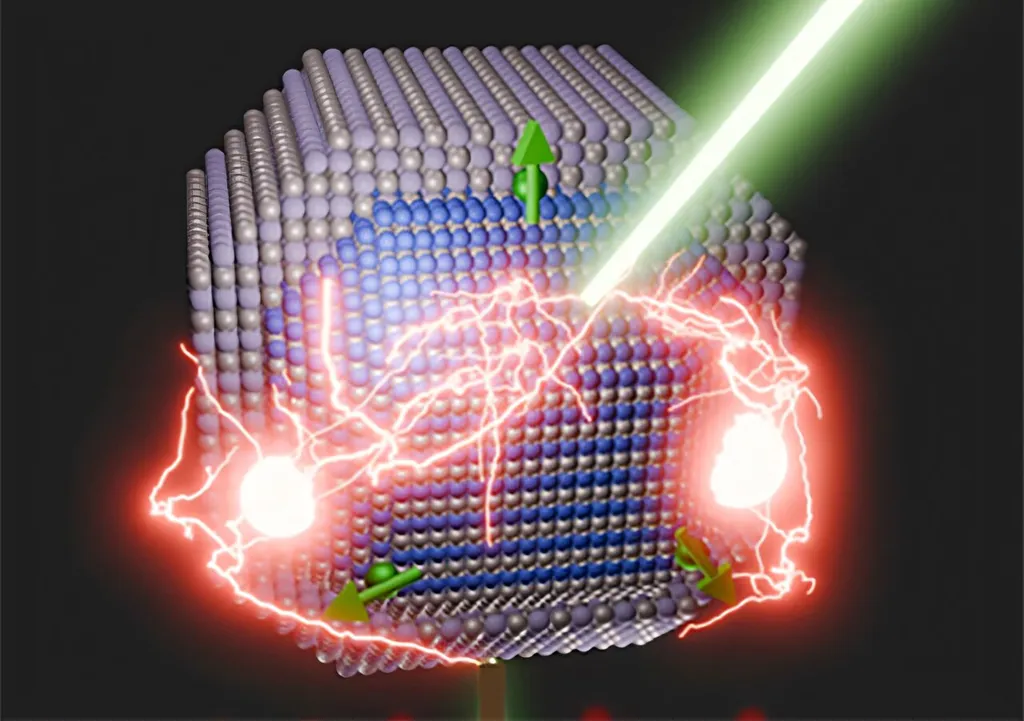In the heart of Naples, Italy, researchers at the University of Naples Federico II are making strides in the development of advanced materials that could significantly impact the energy sector. Dr. Noemi Gallucci, leading a team of scientists, has published a study in the journal *Nano Select* (which translates to *Nano Choice*), focusing on the creation of thin, nanostructured films using a technique called spin-coating. These films, made from fluorescent fluorine-doped zinc oxide quantum dots, could pave the way for more efficient and versatile optoelectronic devices.
Spin-coating is a straightforward yet powerful method for creating thin films on various substrates. By optimizing the process parameters, Gallucci and her team have managed to produce homogeneous films with controlled thickness and roughness. “The key to our success lies in the careful selection of deposition conditions and substrate materials,” Gallucci explains. “We found that a quantum dot suspension concentration of 3.0 mg/mL and a rotation speed of 3000 rpm using glass supports yielded the best results in terms of film quality and photoluminescence.”
The implications of this research are far-reaching, particularly for the energy sector. Thin films of semiconductor materials are crucial components in photovoltaics, data storage, and optical devices. By refining the spin-coating technique, Gallucci’s team has opened up new possibilities for creating more efficient and cost-effective solar cells and other energy-harvesting technologies.
Moreover, the ability to control the structural organization of these nano-interfaces could lead to advancements in sensing technologies and microelectronics. “Our work not only enhances the understanding of spin-coating processes but also provides a robust protocol for developing functional 2D nanodevices,” Gallucci adds.
The study’s findings, published in *Nano Select*, highlight the importance of optimizing operative parameters to achieve homogeneous films suitable for various technological applications. As the demand for renewable energy continues to grow, innovations in materials science, such as those spearheaded by Gallucci’s team, will be instrumental in driving the development of next-generation energy solutions.
In the broader context, this research underscores the potential of quantum dots and doped semiconductor materials in shaping the future of optoelectronics and energy technologies. By pushing the boundaries of what is possible with spin-coating, Gallucci and her colleagues are contributing to a more sustainable and technologically advanced future.

